Starting in 1977, the legendary rock musician David Bowie produced the Berlin Trilogy of albums. In a surprising move, he chose the avant-garde, ambient artist Brian Eno as a songwriting partner. One of Eno’s biggest contributions to the albums was his “oblique strategies” – a deck of cards with different artistic ideas on them. These ideas include things such as “make a sudden, destructive, unpredictable action,” “imagine the piece as a set of disconnected events,” and “consult other sources.” That last idea is really a summary of the entire deck. The point of Eno’s artistic strategy was to inject outside ideas into art from the very beginning of the creation process. It might seem strange for artists to start by using other people’s ideas, but Bowie’s trilogy is considered a classic. We mention this because it serves as a good introduction to the creative process employed by the authors of the Xeno series of video games. If you’ve ever wondered why these games include a lot of religious and philosophical references, or why so many characters are named after German psychologists, the answer is that it’s part of the artistic process!
The wider Xeno series consists of Xenogears (1998), the Xenosaga trilogy (2002-2006) and Xenoblade Chronicles (2009-2022). The first step to understanding the series is to understand its genre. Every game in the series is very much a JRPG, but this abbreviation means far more than “an RPG from Japan.” When compared to Western RPGs, JRPGs are characterised as being more linear, offering fewer narrative choices, and less character customisation. JRPGs are also known for an eclectic mix of world mythology, religious symbolism, and philosophical musings in their storytelling. So why are the Xeno games special? The answer is that sometimes those mythological and philosophical ideas in other JRPGs are used pretty loosely.
Sephiroth, the villain from Final Fantasy VII, has very little to do with the Jewish Sefirot, despite his concept coming from this. The Holy Grail/Demiurge character in Persona 5, likewise, doesn’t have much to do with the rich traditions of Arthuriana or Gnosticism from which it is drawn. This lack of accuracy doesn’t hurt either game, obviously – both were smash hits and critically beloved! However, the difference to the Xeno series is where it shines: not only do the stories in the Xeno games pull in diverse philosophical and theological ideas, but the creators can use them accurately and insightfully.
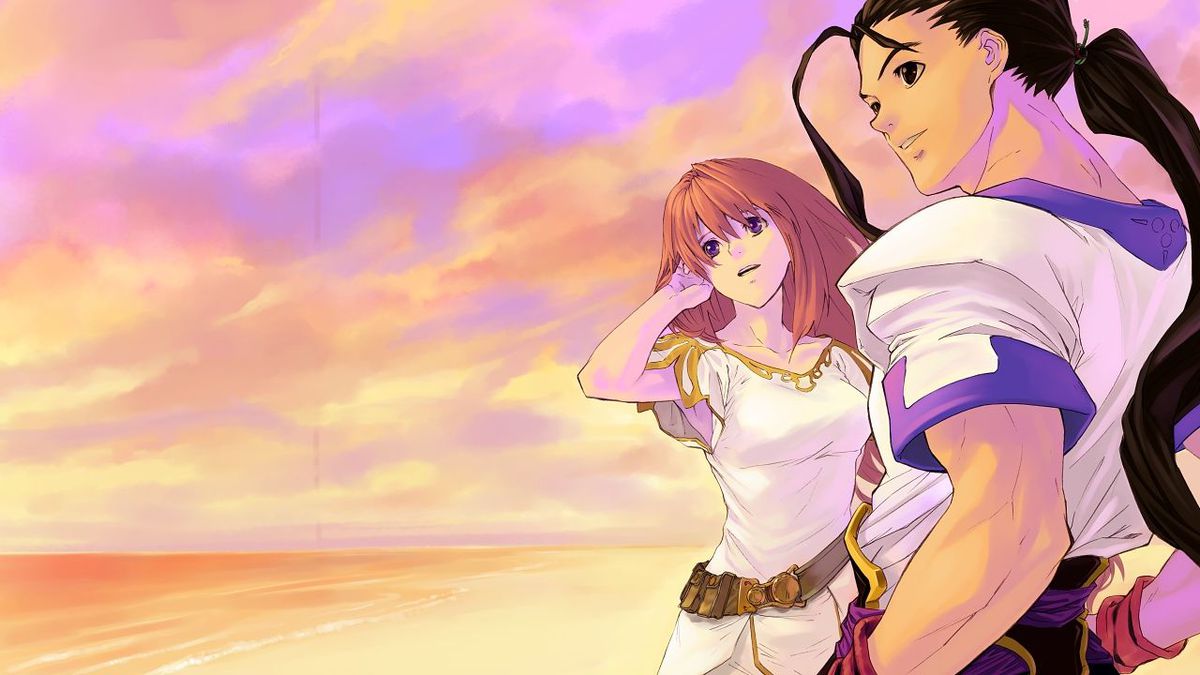
In the beginning…
The Xeno series began to take shape sometime in the mid-1990s. Creators Tetsuya Takahashi and Soraya Saga were working at Squaresoft on the Final Fantasy series. Takahashi pitched a game to management with the hope that it might become Final Fantasy VII. That game, which came to be called “Project Noah,” was informed by his broad knowledge of Western philosophy, psychology and esoteric religions, and his love of giant mecha anime. The result was not Final Fantasy VII, but rather the now-cult-classic Xenogears.
Related reading: Our review of Xenoblade Chronicles 3, the latest game in the extended series.
Despite respectable sales, Squaresoft management did not approve a follow-up to the game. Takahashi took the initiative and left Square to found a new studio, Monolith Soft, along with executive Hirohide Sugiura and art director Yasuyuki Honne.
Born from the ashes of Xenogears’ cancelled franchise, the Xenosaga series began with even greater ambition: to produce six games that told a linear story. This effort was also doomed, as publisher Namco reduced the series to three games early in its development. After the third instalment, Monolith Soft ended its partnership with Namco and went in search of a new publisher. Takahashi and company finally found creative refuge under the aegis of Nintendo. Though the gameplay of the next few games would change to mirror the industry’s greater emphasis on action RPGs, Takahashi and Saga’s eclectic interests would survive and be reborn in the new Xenoblade series.
At this point, we should stop and give a very broad overview of the psychology, religion and philosophy in the Xeno games. There’s considerable overlap, but it’s possible to divide the games along franchise lines. Xenogears draws primarily on the psychology of Sigmund Freud and religious ideas from Gnosticism and the Jewish Kabbalah. Freud’s disciple Carl Jung and the philosophy of Friedrich Nietzsche also play a role in the game. In the Xenosaga games, the ideas of Jung and Nietzsche take centre stage, and the religious themes shift away from the Kabbalah and instead add light elements of Zoroastrianism to the Gnostic mix. Xenoblade, meanwhile, begins to dabble in ideas from mainstream Christianity, but also mixes in Gnostic and East Asian religious concepts like systematic reincarnation. All three franchises use abundant references to classical Greek mythology. This last part can get a little convoluted, as those Greek myths were originally religious but now mostly live on as powerful symbols in philosophical texts. Thus, there are many points where it’s not immediately clear whether a myth like Ouroboros (the snake that eats its tail) is being used in its original sense or in its later reinterpretation by philosophers like Nietzsche.
And so, we’ll spend the rest of this essay going through and unpacking some of the big ideas in the Xeno series. Naturally, our explanations are only going to skim the surface of these ideas and how they connect, in some very profound ways, to the fiction of the Xeno games, but hopefully, these notes will help guide you to further research.
(For those interested in making the purchase, Xenogears is available for digital purchase on Sony’s neglected PS3 and Vita stores as a PSOne Classic; no Xenosaga games can be bought digitally; all Xenoblade games are all available on the Nintendo Switch.)
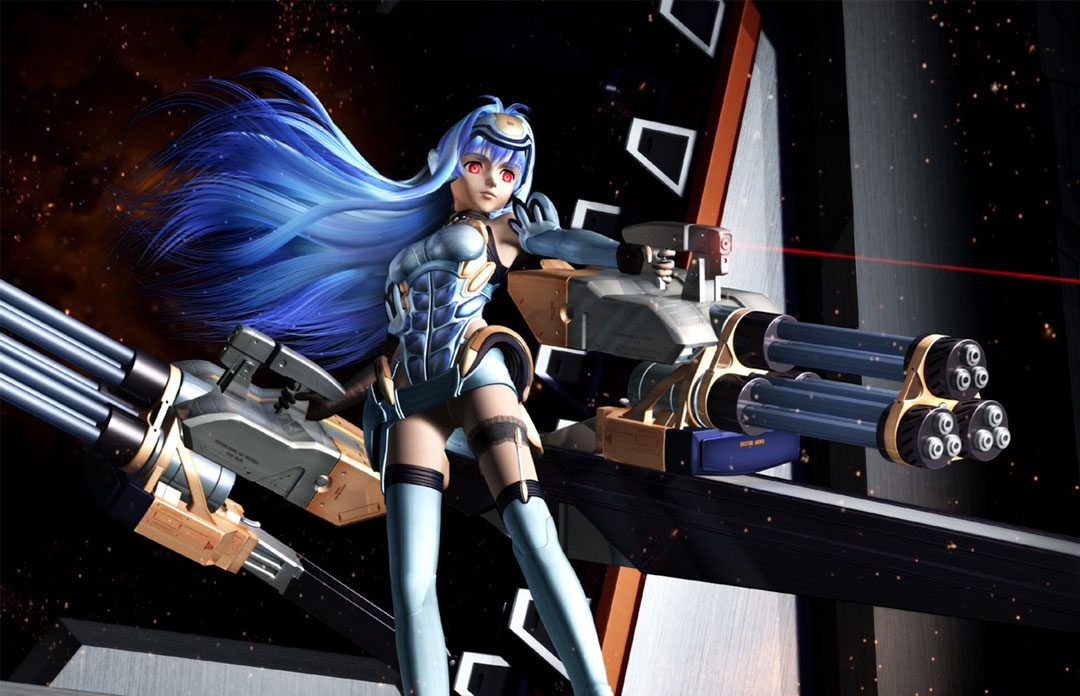
Gnosticism
Starting with Xenogears, the Xeno series became famous (or perhaps infamous) for its many religious references. These religious ideas were familiar to many Westerners. Cain, Abel and Noah’s Ark all appear as concepts in the game. The “Time of the Gospel” is an apocalyptic event in the world of Xenogears. And yet, these references also seemed very different from the mainstream religions of Judaism and Christianity as Westerners knew them. Was Takahashi guilty of appropriating mythology in a very loose way, as so many other JRPG creators did? In fact, he was not. Rather, Takahashi was borrowing his religious symbols not from mainstream religion, but from Gnosticism, an esoteric offshoot of early Christianity.
Considered heretical by the mainstream church in its day, Gnosticism is a set of teachings that appeared in the second and third centuries CE (the important texts of this religion were only rediscovered in the twentieth century, near Nag Hamadi in Egypt). Unlike mainstream Christianity, Gnosticism does not have a core set of “canonical” texts. Rather, there are various competing traditions that all try to reinterpret the original Christian theology in an allegorical way. Among the most famous of these are the Gospels of Mary, of Judas, and the Pistis Sophia. The founding idea of Gnosticism says that the material world is evil, and man (as a spiritual being) is meant to break free of it. Man does this through secret spiritual knowledge. Man’s goal on his transcendental path is the Monad, or Holy Spirit, the being from whom the rest of the universe emanates. Fans of the Xeno series will easily identify the Monad with the Wave Existence of Xenogears and the U-DO entity of Xenosaga, and even with the flame that inhabits the Architect of Xenoblade Chronicles, whose original name was ‘Monado: Beginning of the World’.
Also emanating from the Monad are the aeons: pairs of male/female spirits that contain divine attributes. The most important aeon is certainly Sophia (Wisdom), who for daring to compare herself to the Monad is expelled from the divine domain, the Pleroma. Condemned to the lower world, she gives birth to a false god, the demiurge, and causes the creation of the corrupt, material world. In one way or another, these conceptions are visible at the heart of the Xeno series. One of the main protagonists of Xenogears bears the title of Sophia. Xenosaga goes so far as to name the final boss of its first episode Pistis Sophia, while that role is occupied in Xenoblade Chronicles by the goddess Meinas. Likewise, both Xenogears and the Xenosaga games feature the mystical “anima” and “animus” (male and female aeons), which are the power sources of giant robots.
The Gnostic demiurge also makes several appearances in the series. The demiurge is the ruler of the material universe, a false god who imagines himself to be the origin of all creation. This demiurge is inherently flawed and causes the material universe it governs to be even worse. Gnostic doctrine says that man – who holds a divine spark but is imprisoned in flesh – must transcend the demiurge and return to the Monad in the spiritual realm. Players of many JRPGs will be familiar with evil, false gods serving as final bosses. This is also common in the Xeno games, where players fight Deus in Xenogears and Zanza in Xenoblade Chronicles. But unlike other JRPGs that invoke this trope, the Xeno games have quite a lot to say about how and why humanity, and the individual protagonists, can overcome the demiurge. The final confrontation between humans and the demiurge is (especially in Xenogears), a philosophically rich debate.
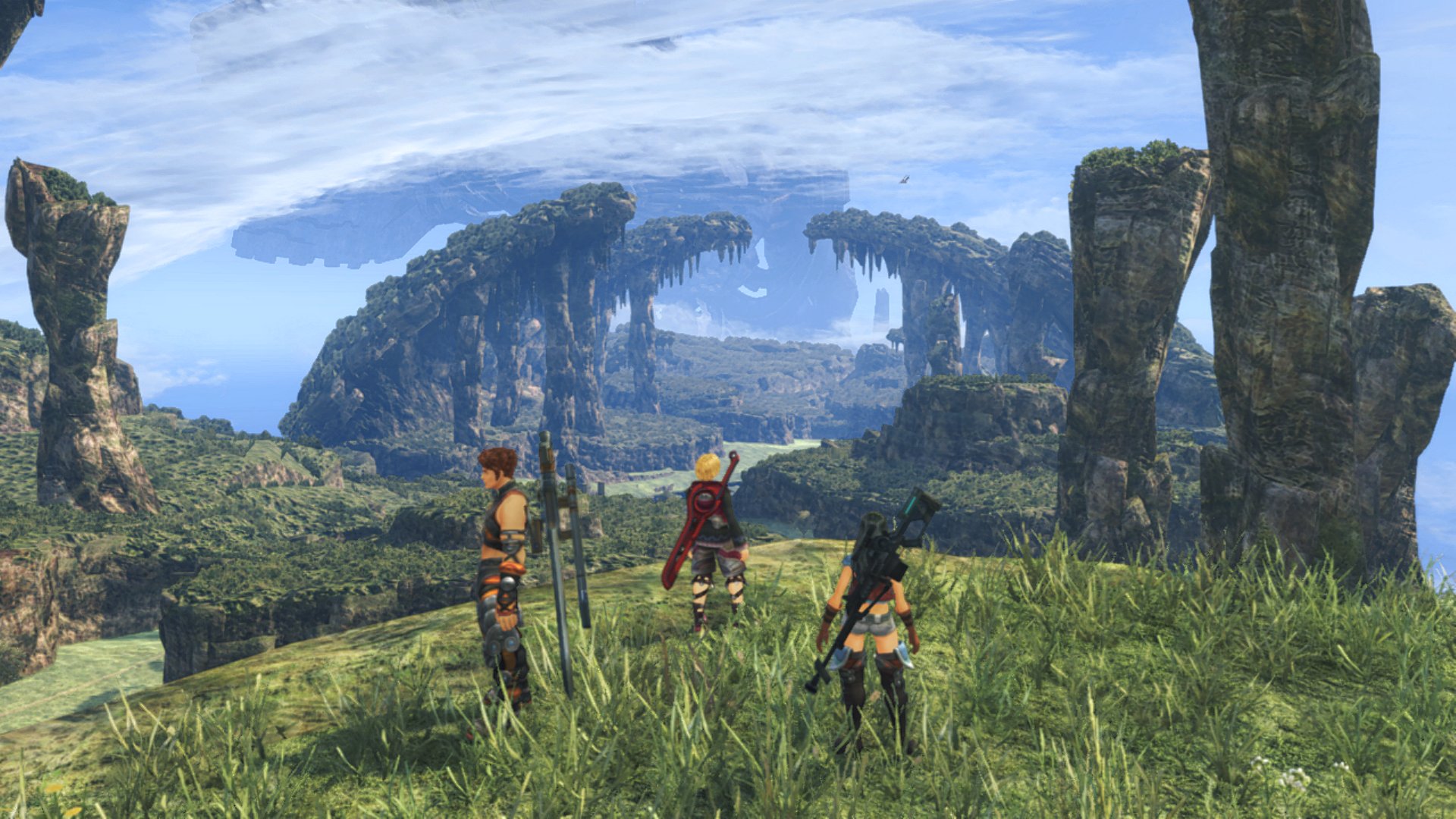
Philosophy
The Xeno series pulls as much inspiration from serious, academic philosophy as it does from religious texts. The most obvious inspiration is certainly the German philosopher Friedrich Nietzsche, whose books are used as subtitles in the Xenosaga episodes (e.g., “Also Sprach Zarathustra”). Takahashi builds his story around two closely related axes of Nietzsche’s philosophy: the eternal recurrence (classically symbolized by the Sisyphus myth and the Ouroboros) and the übermensch.
The legendary founder of the Greek city of Corinth, Sisyphus is given a cruel punishment in Greek mythology: he is destined to push a stone up a mountain for eternity, only to see it roll back down as soon as he reaches the top. Nietzsche latches onto this myth for his idea of the “eternal recurrence,” which is a major theme in his work. This idea of an endless cycle of suffering appears frequently in Xeno plots, and appears throughout Xenosaga in a literal way. The final antagonist of the Xenosaga series, Wilhelm (after Nietzsche’s middle name), attempts to cause this loop through a science-fiction apparatus called Zarathustra. In Xenogears, the demiurge’s failure to create pure humans forces it to constantly kill them off and start the process of repopulation repeatedly. And then in Xenoblade Chronicles 3, a new cycle of brutal repetition begins, though we won’t spoil it for you here given that this game is still new enough that many of you wouldn’t have played it through yet.
Nietzsche’s other lasting contribution to the Xeno series is the concept of the übermensch. Rather than being just a “superman,” as it has sometimes been translated, the übermensch is a figure who is meant to destroy classical religious traditions, and ground mankind in the world as it exists. The Xeno series plays with this idea in morally equivocal ways. Fei, the protagonist of Xenogears, is a purely positive example of this trope, as he overcomes a tragic cycle of near-extinction and frees humanity from the influence of a demiurge figure. Two of the major villains from the game, Krelian and Grahf, are flawed, evil versions of the übermensch. Krelian seeks to break free from humanity and return to God in a Gnostic manner, but he only seeks this path for himself, and betrays all of humanity to achieve it. Similarly, Grahf seeks to end the cycle in which humanity is trapped, but he seeks to do so by wiping humanity out. In Xenosaga, Wilhelm acts as a stark reversal of the übermensch: he has personally administered several eternal recurrences, which he believes are an essential service to humanity. The übermensch disappears from the first two Xenoblade games, but it’s too early to say if Xenoblade Chronicles 3 returns to the idea in a meaningful way (with DLC and the like yet to come).
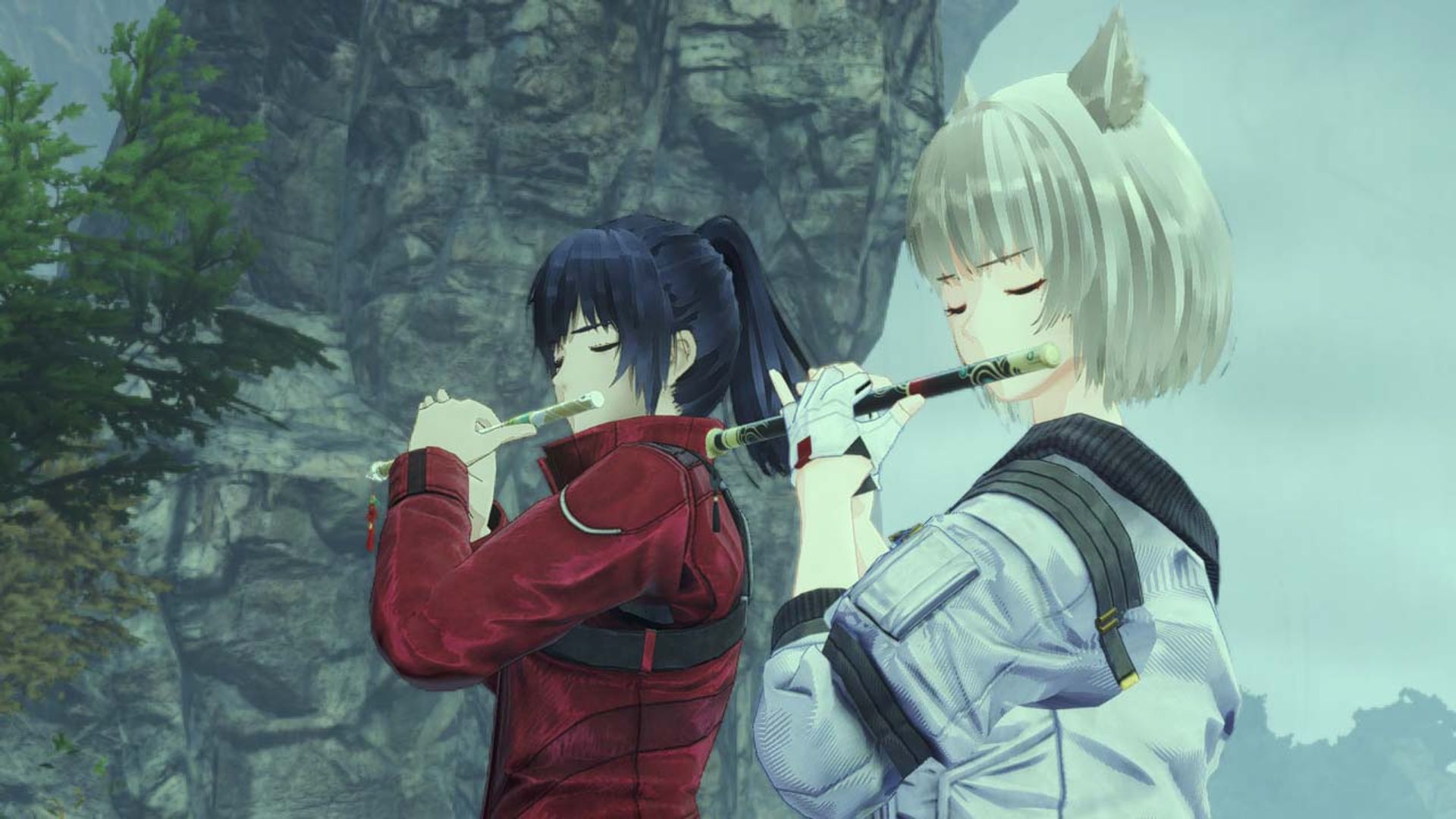
Freud and Jung
Never short of references, the Xeno series also borrows heavily from Western psychology. While the theories of Jacques Lacan and Sigmund Freud are essential to the story of Xenogears, the other fragments of the series derive from the works of Carl Jung, who was once Freud’s disciple. Freud believed that the human mind was divided into three parts: the ego, superego, and the id. The protagonist of Xenogears has a dissociative personality disorder (multiple personalities), and his psyche has been literally divided into Freud’s three concepts. His naive superego and bloodthirsty id battle for control of his body throughout the plot.
Eventually, the three personalities become integrated when the character finally achieves self-actualization at the end of the game. Carl Jung, by contrast, imagines the human mind as being shaped by two elements that exist in humanity’s collective unconscious: anima and animus, the male and female aspects of human personality. In a healthy person, the anima and animus aspects are balanced and complementary. This dynamic is recreated faithfully in the precepts of the Nisan sect in Xenogears. According to the Nisan religion, humans can only become their true selves by the cooperation of anima and animus within them. The allegory persists for Xenosaga and even extends to Xenoblade, for which the Animus and Anima are personified, and appear as speaking characters.
The ideas of Jung’s later career are central to Xenosaga. Jung sought to describe the origin of human consciousness in analogies to alchemy. Jung imagined the human mind as going through processes of “reddening” or “whitening” (rubedo and albedo in the language of classical alchemy).
Xenosaga does what Xeno games always do: it personifies those concepts. Thus, Rubedo, Albedo and Nigredo are a trio of brothers whose characters each reflect exaggerated forms of Jung’s concepts. Similarly, Jung saw humanity as being fundamentally shaped by something he called the “collective unconscious.” In Xenosaga, this too is made into a literal concept. The UMN network, a kind of advanced interstellar Internet, is not built upon FTL communication equipment; instead it is literally (if somewhat vaguely) built into the collective unconscious itself!
If the Xeno games had simply incorporated symbols and ideas from philosophy, religion and philosophy just because those things were interesting, that could still have resulted in great games. Many JRPGs do this. But the Xeno games frequently have something meaningful to say about the schools of thought. Xenogears makes a profound comparison between Kabbalah, Gnosticism and Freudian psychology by examining how each school of thought offers a different perspective on becoming whole. Firstly, Xenosaga looks at a galactic society whose every institution is built on the collective (unconscious) desire to rebuild the past, and then compares that desire to a man-made eternal recurrence. Xenoblade Chronicles further examines how human institutions can trap individuals in concentric rings of recurrences, without the individual’s knowledge or consent. We’ll leave that last one vague for now, because we wouldn’t want to spoil Xenoblade Chronicles 3. But if you’re about to play, pay attention to how the powerful institutions of the world trap their subjects in smaller and smaller loops to control their lives in cruel ways. Then you’ll be seeing Xeno games the way that their creators do.
(This article originally appeared in the September 2022 edition of the Dee Dee Zine. As we are no longer publishing the magazine, we are re-publishing features on DDNet for everyone’s reading pleasure. Click here for more information)
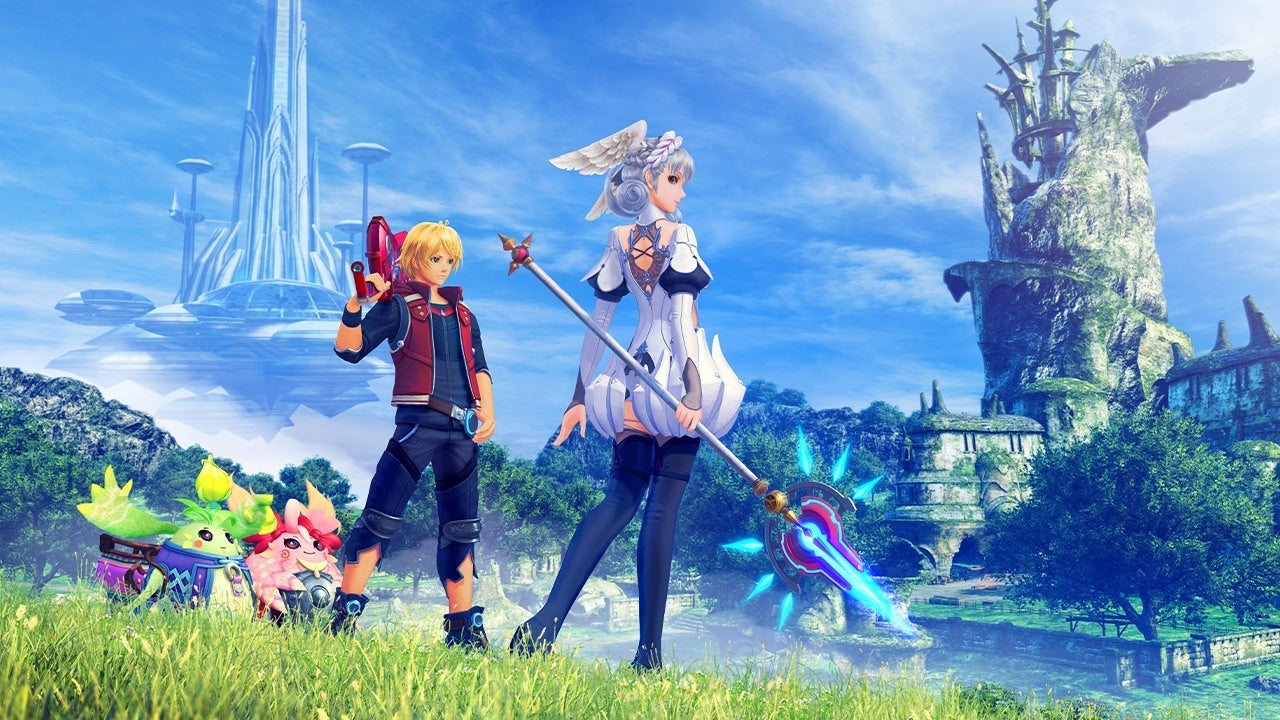

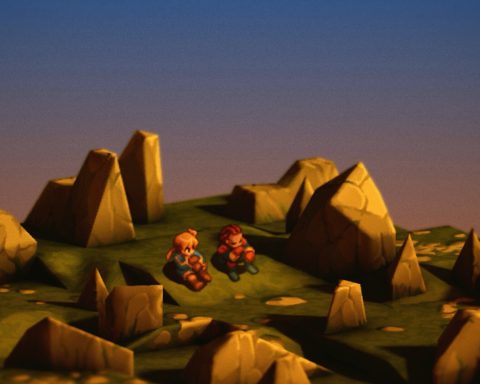
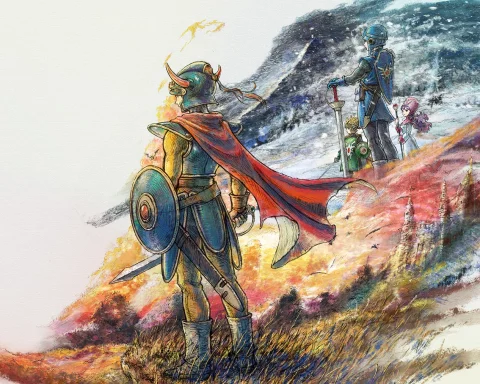
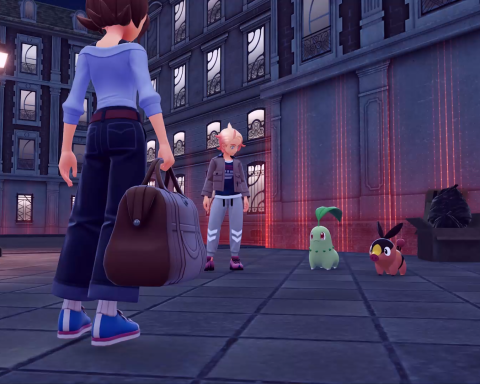
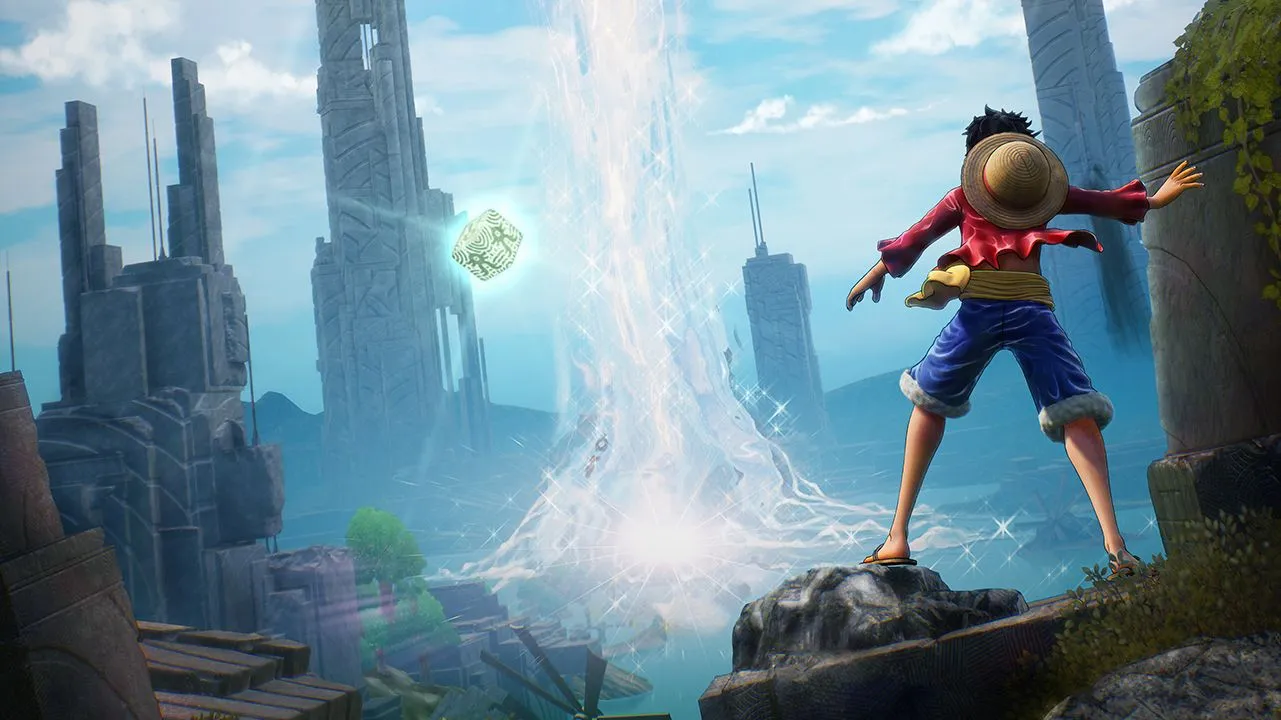
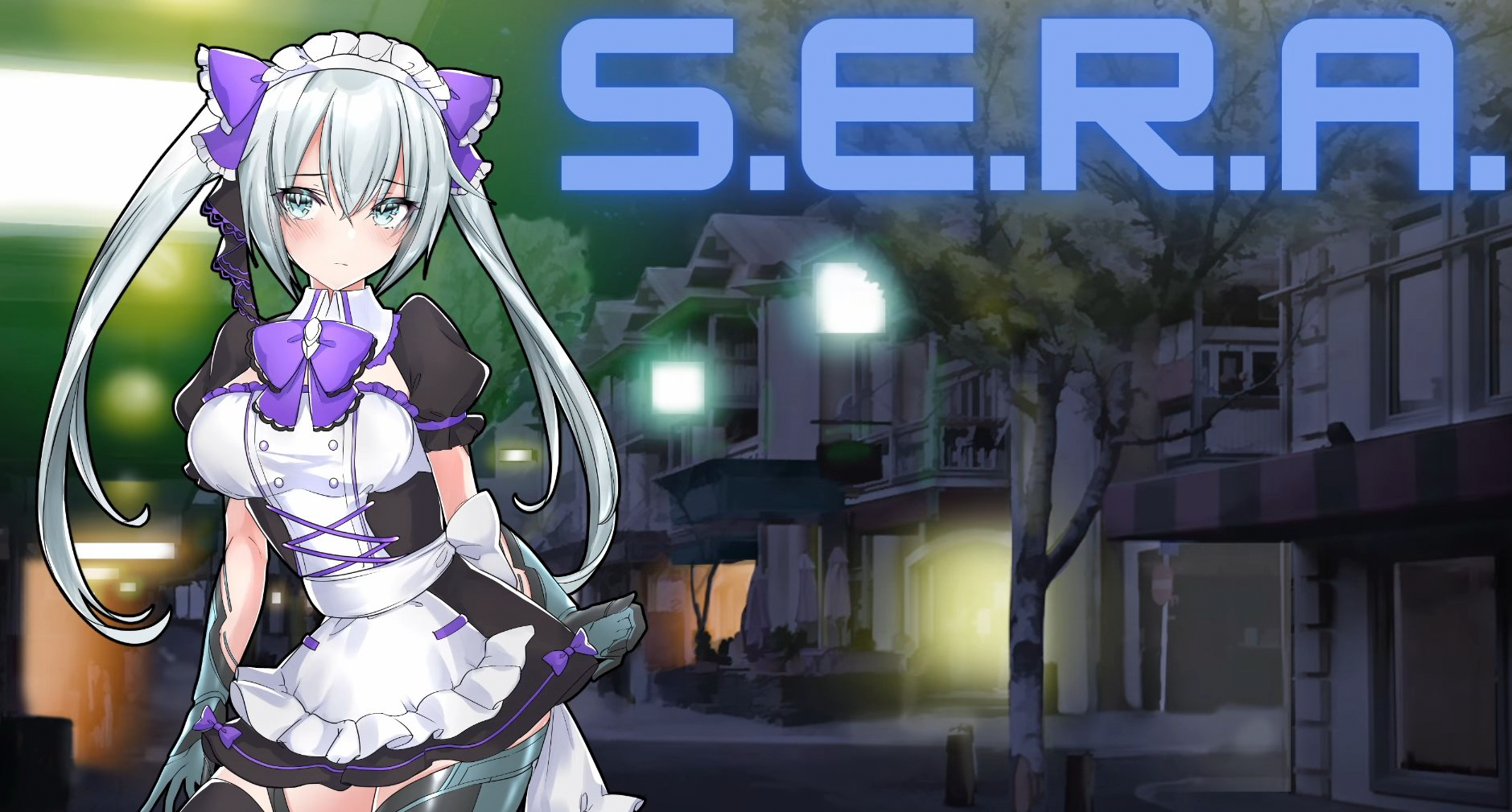





I really felt the battles trying to convey those feelings in both XC1&2, but I’m seeing a lack of those in XC3. It kind of convolutes the fighting without telling that much to the spectators just to turn you down with the kind of revelations we already had in XC1 (regarding mecha enemies). I haven’t played that much because I’m waiting for the DLC but I hoped that after the gacha changes in XC2 it came with something more novel that really create infinite posibilities (ourobouros please).